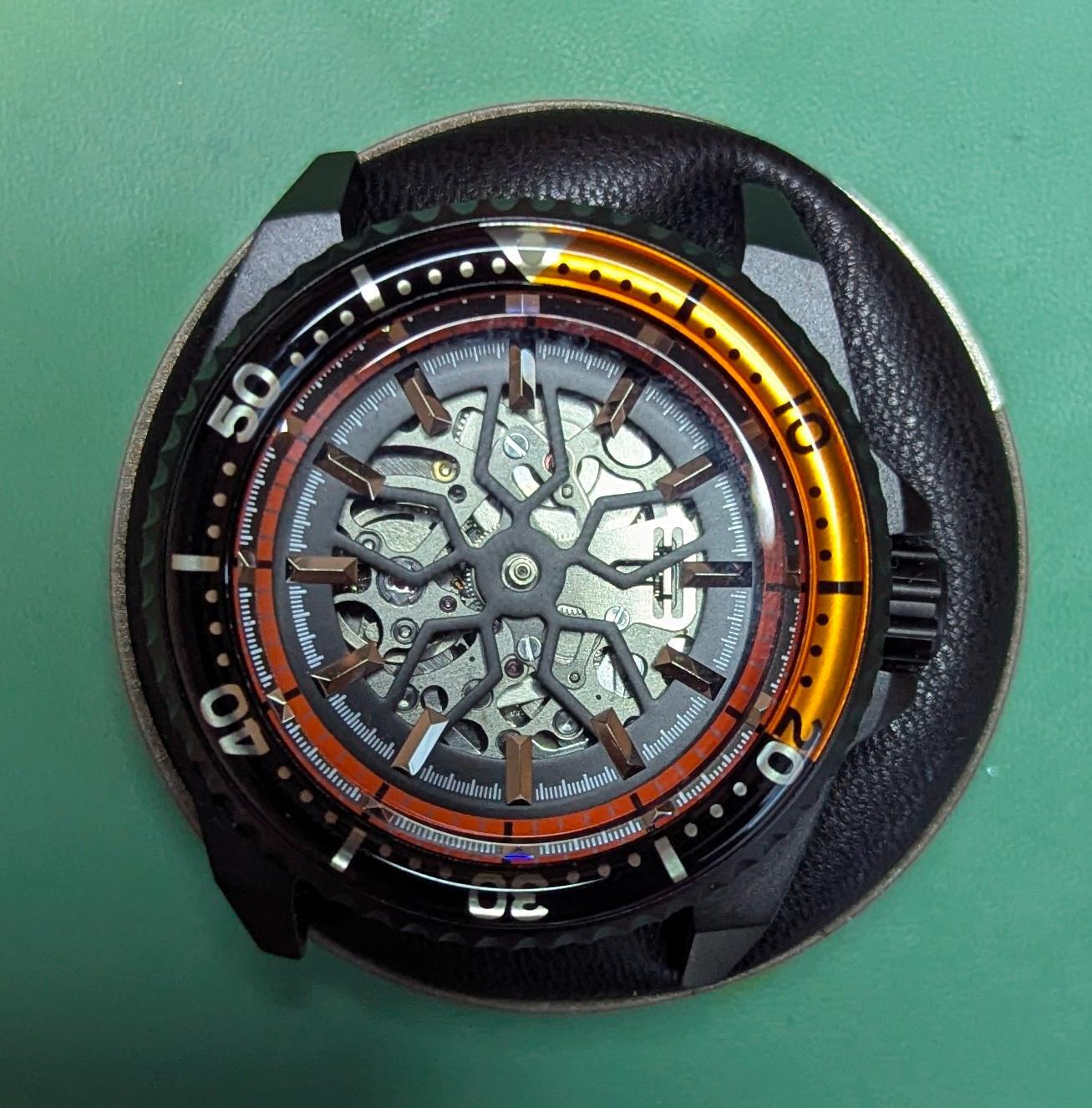Cleaning Fluids
-
Recently Browsing
- No registered users viewing this page.
-
Topics
-
Posts
-
By watchweasol · Posted
Hi in the video notice the copper coloured coil do not touch it with the screw driver keep it covered with your gloved finger to avoid damage, it’s too easily clipped and destroyed the bracelet is best opened up flat so as not to get in the way. It only hinders your work. -
By RichardHarris123 · Posted
Having the bracelet in the way would drive me mad. -
By watchweasol · Posted
Hi any low range Seiko will be ok 7009 7005 etc ther is plenty of documentation on then. Likewise the Russian watches. Slava. Racketa etc. try and get a working watch then when you have finished working on it if it doesn’t work you know that it’s your fault and more practice to fixit., attached a little document for you TZIllustratedGlossary.pdf -
Right! That‘s not how the watch in question looks like though. Her is a video that doesn‘t show best practice but gives you an idea of the process:
-




Recommended Posts
Join the conversation
You can post now and register later. If you have an account, sign in now to post with your account.
Note: Your post will require moderator approval before it will be visible.